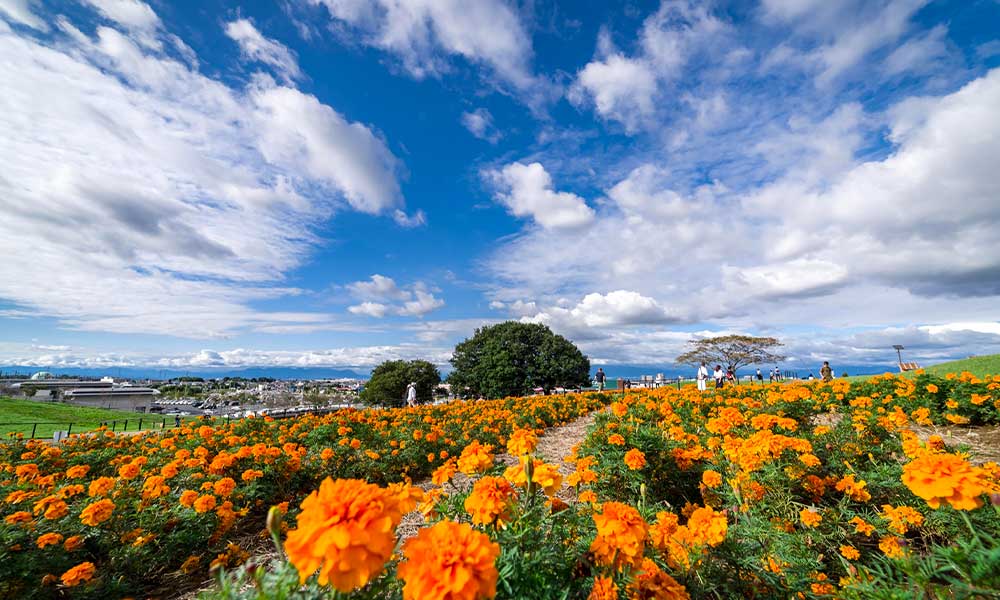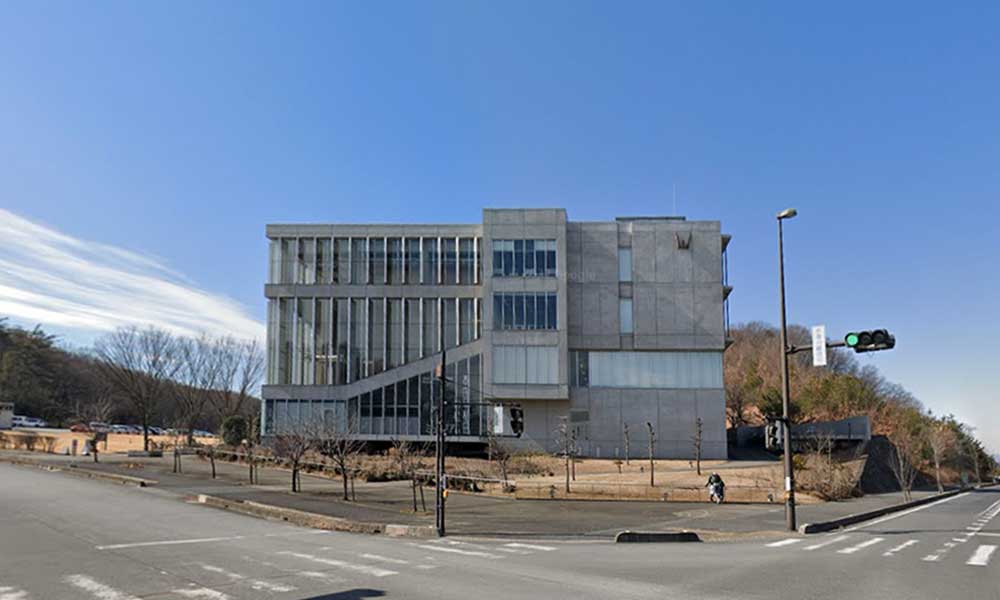Honjo City, Saitama埼玉県本庄市
Living in Honjo City, Saitama

We have Summarized the livability of Honjo City, Saitama.
NORTHERN AREA北部地域
CONTENTS
- What kind of place is Honjo City?
- Honjo CityPR video
- How are the relocation support services in Honjo City?
- How is the traffic situation in Honjo City?
- How are the rent and land prices in Honjo City?
- How is childcare and education in Honjo City?
- How about shopping in Honjo City?
- How about jobs and recruitment in Honjo City?
- Honjo City’s unique subsidy/subsidy system
What kind of place is Honjo City, Saitama?
 Honjo Waseda Museum
Honjo Waseda Museum
A City Rich in Nature with Clean Air! A Place for Commuting via Shinkansen: “Honjo City”
Honjo City is located in the northwestern part of Saitama Prefecture, with the Tone River, said to have the largest drainage area in Japan, flowing through the northern part of the city.
There are many agricultural lands near the banks of the Tone River, where a variety of vegetables and fruits are cultivated. Additionally, the southwestern area features mountain ranges that reach heights of 500 meters.
As of December 2021, the population of Honjo City stands at 77,826 (38,844 males and 38,982 females), with 35,425 households.
Honjo City has a rich history, having flourished as the largest post town on the Nakasendo during the Edo period.
As an important hub since ancient times, Honjo City is served by “Honjo Waseda Station,” which is on the Joetsu and Hokuriku Shinkansen lines, allowing access to Tokyo Station in just about one hour. This makes it a popular area for salarymen commuting to the city, functioning as a suburban area of Tokyo.
The urban area is concentrated in the northern part, with many public and commercial facilities around Honjo Station.
PR video of Honjo City, Saitama
Honjo City, Saitama Prefecture – Videos for people who want to know about the lives of immigrants
Honjo City Immigration and Employment Support Fund Video
How are the relocation support services in Honjo City?
Honjo City, a city in Saitama Prefecture that is eligible for relocation support
Honjo City offers a relocation employment support fund of up to 1 million yen for new residents as part of Saitama Prefecture’s Honjo City Relocation Employment Support Program. Conditions apply, including those who work for small and medium-sized enterprises in Honjo City, those who start a business in Honjo City, and those who continue their pre-relocation jobs via telework. Saitama Prefecture actively supports those relocating to the area.
For more information, check out the Saitama Prefecture Relocation Employment Matching Site if you’re considering moving to Honjo City.
How is the traffic situation in Honjo City?
 Honjo Station
Honjo Station
A City Where You Can Access Tokyo via Shinkansen and Takasaki Line: Honjo City
Honjo City has three train stations: Honjo Waseda Station, which is served by the JR Joetsu Shinkansen and JR Hokuriku Shinkansen; Honjo Station on the JR Takasaki Line; and Kodama Station on the JR Hachiko Line.
The city is well-connected with major roads, including National Route 17, which follows the old Nakasendo road; National Route 462, which connects Tokyo with Saitama and Gunma; and the Kanetsu Expressway. This makes it a key transportation hub for accessing both Tokyo and the Joshinetsu region, making car travel very convenient for outings beyond the prefecture.
Public bus services are provided by Honjo City’s community bus, Musashi Kanko, International Juuoh Transportation, and Asahi Bus.
Residents in the northern Saitama region, including Honjo City, typically rely on cars for transportation, so if you are considering living in Honjo City, it’s advisable to plan for both a vehicle and parking options.
The area is conveniently located near JR Takasaki Line and Shinkansen stations, providing easy access to downtown Tokyo.
JR lines run 5 to 7 trains per hour during rush hour, but at other times trains only run every 20 minutes.
How are the rent and land prices in Honjo City?
Honjo City: Land prices are rising as development progresses
The average price for a rental apartment in Honjo City is about 62,000 yen for a 1LDK and 62,000 yen for a 2LDK. I guess you could say that this price is in line with the market price in the northern area.
The average standard land price in Honjo City in 2021 is 40,797 yen/m2, with the Honjo Waseda area, which has been developing in recent years, tending to have the highest land prices at 52,766 yen/m2. Next is Honjo Station at 50,204 yen/m2, and third place is the Jinbohara area at 35,466 yen/m2.
The land price with the highest price in the Honjo Station area is 3-3108-26 Ginza, a commercial area in front of the station, at 101,000 yen/m2.
Adjacent to Fukaya City, this is a notable area in northern Saitama Prefecture that is expected to grow in the future.
This is a car-oriented area. It would be easier to live here if you have two or more parking spaces, such as if you have both working.
How is childcare and education in Honjo City?
Honjo City: A city with generous child-rearing support and an easy place to live for dual-income families
Honjo City has two public childcare centers, 16 private childcare centers, and five certified children’s centers, ensuring that there are zero children waiting for placement. This makes it an ideal city for families wishing to work while raising children.
For parents who register their first child or subsequent children in Honjo City and plan to continue residing there, a parenting support grant of ¥30,000 is provided for the first and second child, and ¥50,000 for the third child and beyond, through the Childcare Support Fund.
Additionally, Honjo City offers the Children’s Medical Expense Assistance Program, which subsidizes the out-of-pocket costs for insured medical services for children up to 18 years old.
It is attractive for the generous support provided to those raising children, as it can be received up to the age of 18.
Currently, the area is farmland with a rural landscape, so in some places you need to be careful when driving at night.
How about shopping in Honjo City?
Honjo City: Convenient for living with many shopping malls
The area around Honjo Waseda Station is undergoing development as part of the Honjo Waseda no Mori New Town, featuring a large shopping mall called Beisia Honjo Waseda Gate Store, reflecting urbanization in the region.
Additionally, near Honjo Station, there is the shopping mall Forte Honjo, which belongs to the supermarket Belc, as well as the popular discount store MEGA Don Quijote UNY Honjo Store.
There are several large shopping spots around major stations, making it a convenient city for shopping. In addition, supermarkets like Yaoko and Beisia are scattered throughout the area.
There are supermarkets scattered around the area, so you will never have trouble buying food or daily necessities.
There are no large shopping malls in Honjo City, and you will need to drive to go shopping.
How about jobs and recruitment in Honjo City?
Honjo City: Find a wide range of job openings from agriculture to industry
Honjo City is an area where modern industry is thriving, with the Kodama Industrial Park and Imaidai Industrial Park lined with factories and logistics facilities, where all kinds of industrial products are manufactured and shipped.
Furthermore, agriculture is thriving due to the abundance of fertile farmland, and vegetables such as eggplants, onions, cucumbers, leeks, and broccoli, as well as fruits such as strawberries and melons, are cultivated.
In addition, in recent years, in addition to apartments, office buildings have been increasing, and the number of job openings is also on the rise, so it can be said that this is the perfect time for those who want to work in Honjo City.
Honjo City, Saitama’s unique subsidy/subsidy system
Honjo City, Saitama’s unique relocation assistance and relocation subsidy system
| Honjo City Immigration and Employment Support Fund [U29] Honjo City Immigration Life Start Support Fund |
Honjo City, Saitama’s unique housing assistance and subsidy system
Honjo City, Saitama’s unique childcare support system
| Childcare support grants |








